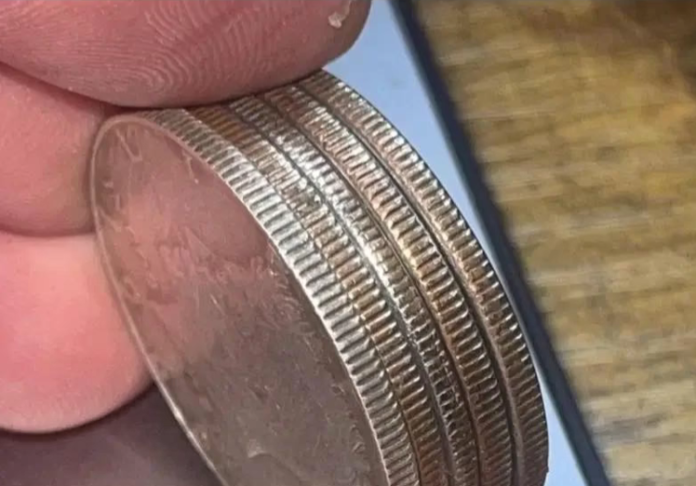Coins are something we use almost every day without giving them much thought, but their design holds centuries of fascinating history. Take a quarter, for example. If you run your thumb along its edge, you’ll feel tiny ridges called “reeds.” These aren’t just for decoration—they date back to the 17th century and were invented to protect economies from a serious problem.
Back then, coins were made of precious metals like silver and gold. Thieves would shave off small amounts from the edges, collecting the metal while spending the now slightly smaller coins at full value. This practice, called coin clipping, caused widespread economic instability. When Sir Isaac Newton became Warden of the Royal Mint in 1696, he introduced a clever solution: ridged edges. If anyone clipped a coin, the uneven ridges made it immediately obvious, discouraging tampering and restoring trust in currency.
Though today’s coins are no longer made of silver, dimes, quarters, and half-dollars still have ridges for three key reasons. First, security—machines and banks can detect counterfeit coins by sensing their precise patterns. Second, accessibility—the tactile difference helps people with visual impairments distinguish between coins. Lastly, tradition—ridged edges preserve the familiar look and feel of currency, connecting us to centuries of history.
Pennies and nickels remain smooth because they never contained precious metals, so clipping was never a concern. Next time you hold a quarter, take a moment to feel its edge—you’re not just holding spare change, but a small piece of history designed to protect, assist, and connect generations.


